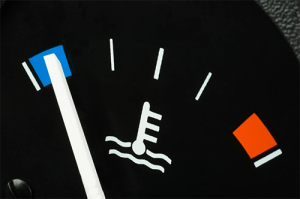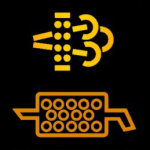Cars and Quarantine
Will the stay at home order have an affect on my vehicle?
A study of cell phone data reveals that travel has mostly been halted around the country due to the social distancing efforts to contain the spread of COVID-19. Many states have ordered the temporary closing of non-essential businesses and have also suspended in-person classes for the remainder of the school year. This means that most people are working from home, kids are no longer in school, and people are not going out as much as they once were. What used to be longer commutes into the city for a Broadway show or out I-66 to the Virginia Wineries, people are now only venturing out to go to the grocery store and back. Could this be having a negative effect on our vehicle?

It’s ideal for an engine to reach operating temperature when driven. Operating temperature is where the emissions system works at peak performance, the oil reaches its target viscosity, and the engine is able to work at its highest fuel efficiency. Depending on the size of the engine, it can sometimes take 10-15 minutes of driving for all the fluids to reach their ideal temperature range. At start up and lower operating temperatures, there are more pollutants sneaking out past the catalytic converters, the oil is not lubricating as effectively, and the fuel management system is using more fuel to assist with engine warm up. In theory, running a gasoline engine at these lower temperatures puts more stress on the components, but should not pose any long-term risks as long as normal driving is eventually resumed. However if you have a diesel vehicle, there is one expensive component you will want to keep an eye on.
[caption id="attachment_3823" align="alignleft" width="150"] Common DPF Lights[/caption]
Common DPF Lights[/caption]
A diesel particulate filter (DPF) is an additional emissions filter found on diesel vehicles that traps soot particles from being released into the atmosphere. In order for the filter to work correctly, it is required to go through a “regeneration” procedure every so often to clear the filter and burn off all the soot. Shorter trips will cause this filter to fill up quicker than usual, so it is especially important to make sure these vehicles get out for longer drives. The regeneration procedure needs extremely high temperatures to work correctly, so the regeneration process won't start below 40mph and will require driving for 20-30 minutes. Most diesel vehicles have a DPF light that will let you know when the filter is getting full – when this illuminates, it is recommended to drive the vehicle on the highway so it can go through its regeneration process. Ignoring this light will result in a clogged filter and an expensive repair bill to have the component replaced.
So take it from us - if you are looking for an excuse to get out of the house and avoid the crowded stores, go out for a drive! Take the scenic route down the George Washington Parkway or out I-66. Your vehicle will definitely appreciate the long drive and it will give you an oppurtunity to enjoy some music and fresh air!

